One of our favorite topics is back! Call it best and worst, yes and no, thumbs up and thumbs down, or yin and yang. But we are here to talk about the do’s and don'ts of package design. Why is that? Well, packaging is one of the most important elements of product marketing. Great packaging can be the only reason a new buyer chooses your product among the rest. The best part is that you have full control over it. Today’s custom print technology allows you to create unique packaging solutions that truly reflect how you envision the product (like those cool boxes there). Plus, there are very practical ways to beautify standard -not to say boring- packages, using a custom shaped sticker or a personalized hang tag. Now that we have established product packaging is much more than a container, let’s get down to business, shall we?
DO: Be Obvious
Yes, it is important to be creative and stand out from competitors. But if your packaging is so different that you can’t even tell what kind of product it is, why would you buy it? You need to get consumers attention at first sight. That can primarily be accomplished with a great design, suitable colors and clear, readable information. You need to find a balance between aesthetics and practicality. Keep in mind that the ‘less is more’ advice is not only about fashion. [caption id="attachment_6448" align="aligncenter" width="1024"]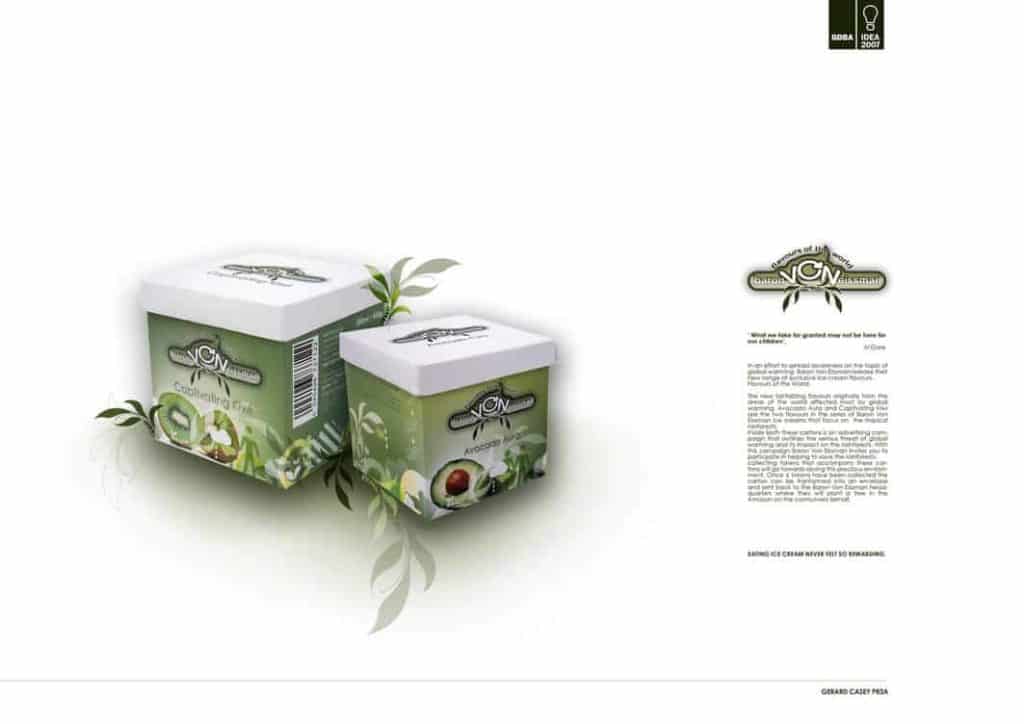 Designed by GerCasey, shared on Deviantart.com[/caption] Read our previous post: “Custom Printing for Entrepreneurs: Drink Industry Edition”
Designed by GerCasey, shared on Deviantart.com[/caption] Read our previous post: “Custom Printing for Entrepreneurs: Drink Industry Edition”
DON’T: Go Crazy With Fonts and Graphics
At all costs, avoid an overwhelming design that makes it hard to read. More importantly, be careful not to use elements that are not relevant to your product. For instance, if it’s a natural product, you should stick to a suitable color palette. On the contrary, if it is an energy drink, it wouldn’t make sense to design a flowery label. Although maybe it's a power-flower?
DO: Use a Functional Label Size
Your labels don’t have to cover the entire package to be good. You can design a small but functional label that works well for your product. This will not only work well for the looks of the package, but will also optimize labeling operations and costs. [caption id="attachment_6449" align="aligncenter" width="900"]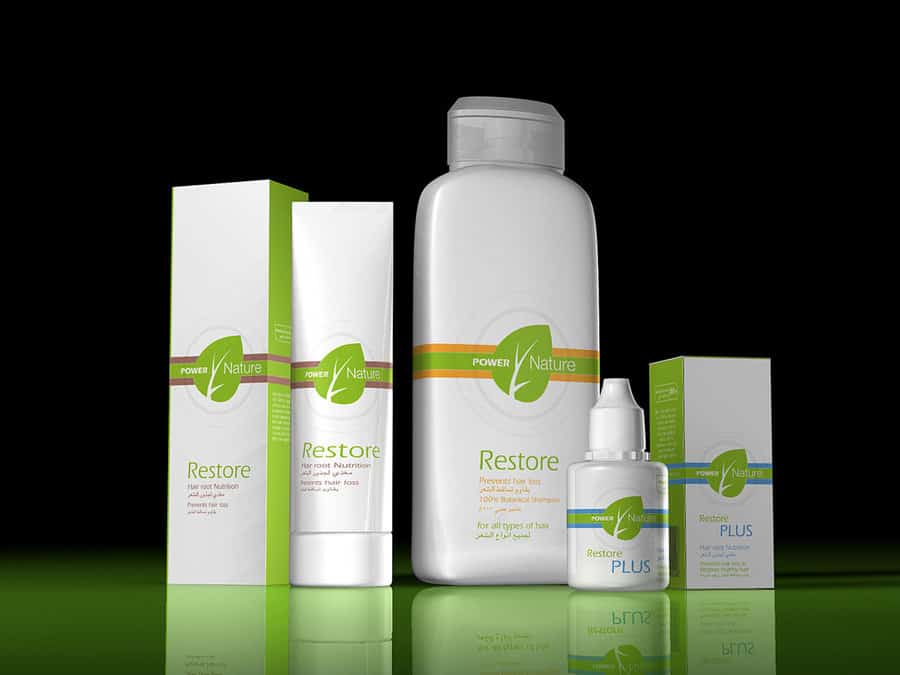 Designed by KATOK, shared on Deviantart.com[/caption]
Designed by KATOK, shared on Deviantart.com[/caption]
DON’T: Go so Small That You’ll Have to Leave Important Information Out
Before ordering label printing, triple check that every piece of information is there. Don’t leave any essential content out just to fit a size or design. Remember that legal, nutritional, or health information must always be perfectly readable.
DO: Keep Product Preservation in Mind
In particular, if yours is a fragile product or has an expiration date. What we mean is that you wouldn't ship a wine bottle without appropriate protection, or poorly sealed beverages. Ideally, you would comply with all safety requirements first and then create a great design to with it. [caption id="attachment_6450" align="aligncenter" width="850"]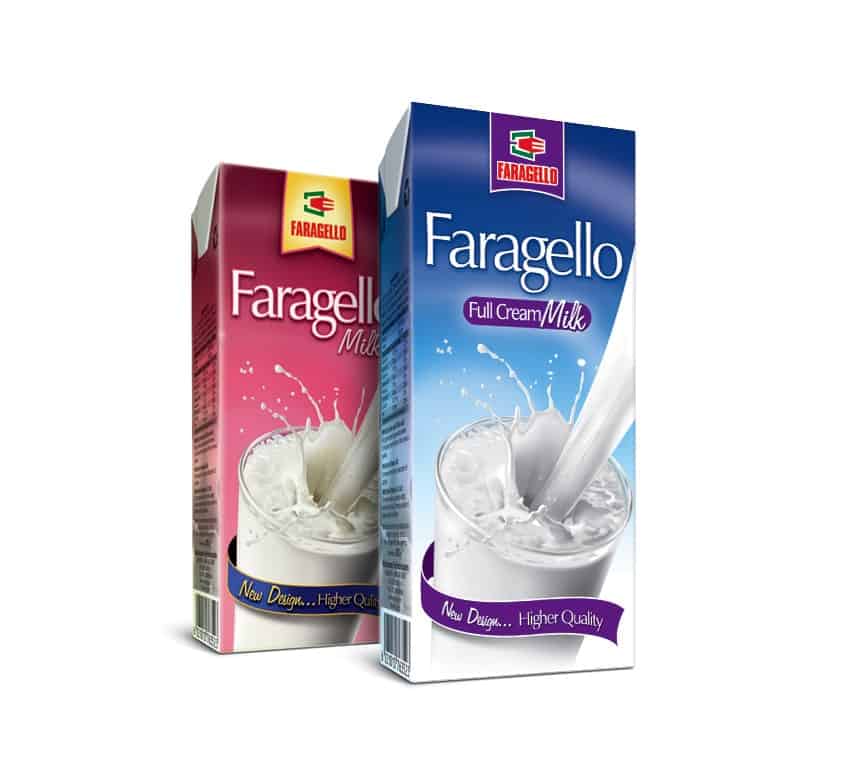 Designed by fadyosman, shared on Deviantart.com[/caption]
Designed by fadyosman, shared on Deviantart.com[/caption]
DON’T: Choose Unsuitable Packaging
Don’t ever choose a final package without testing its performance first. Designing a package goes beyond simple aesthetics. If a product package looks cheap, buyers will assume the interior is low quality. Likewise, people will expect a premium product from a luxurious package.
DO: Make People Want to Take a Closer Look
Being clever and adding a little teaser to your package design doesn’t hurt. The point is to create something so visually appealing that it will get the attention of people beyond your usual audience. Which could end up bringing some unexpected buyers your way. [caption id="attachment_6451" align="aligncenter" width="593"]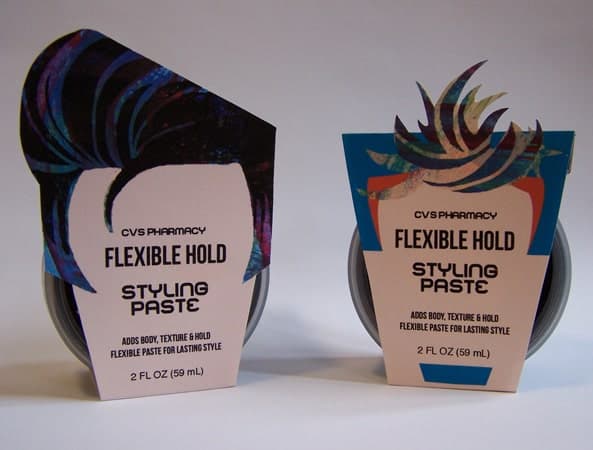 Designed by ribbittyrabbitty, shared on Deviantart.com[/caption]
Designed by ribbittyrabbitty, shared on Deviantart.com[/caption]
DON’T: Make Potential Buyers Uncomfortable
There’s a fine line between being clever and being too out there. Nowadays shocking advertising is widely popular, but it could have a negative effect on sales if it’s not planned wisely. The same goes for personal products and graphic packaging that may be embarrassing for some buyers to get.
DO: Think About Environmental Conditions
This is a crucial step to select the best materials as packaging solutions. We previously posted an entry about eggshell felt labels and how they resist cold and moist conditions. Consider what kind of handling your product is expected to face. Will it be placed indoors or outdoors? Does it have to be heat resistant? These are all important questions to answer before making a final decision.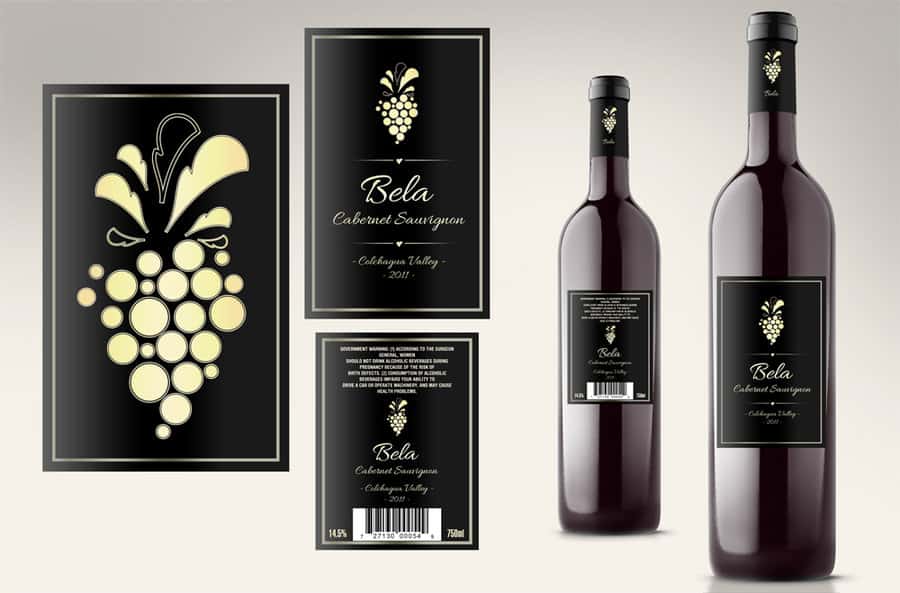
Designed by loreelamia, shared on Deviantart.com
DON’T: Forget About Your Target Audience
Regardless of how creative your design is and how innovative your packaging gets, you can never leave your target audience behind. It may happen that you’ll develop a special line for certain season or attempt to reach a secondary market. But a classic product will always be appreciated by your loyal customers, who will recognize your package design from close competitors. Keep in mind that the best way to design an ideal packaging solution is to understand your target audience’s needs and offer the solutions they want. Once you know exactly what your product offers, it will be easier to know how to reach potential buyers. What about you? What do you consider great packaging? Share your thoughts as a comment below and tell us what you think!




